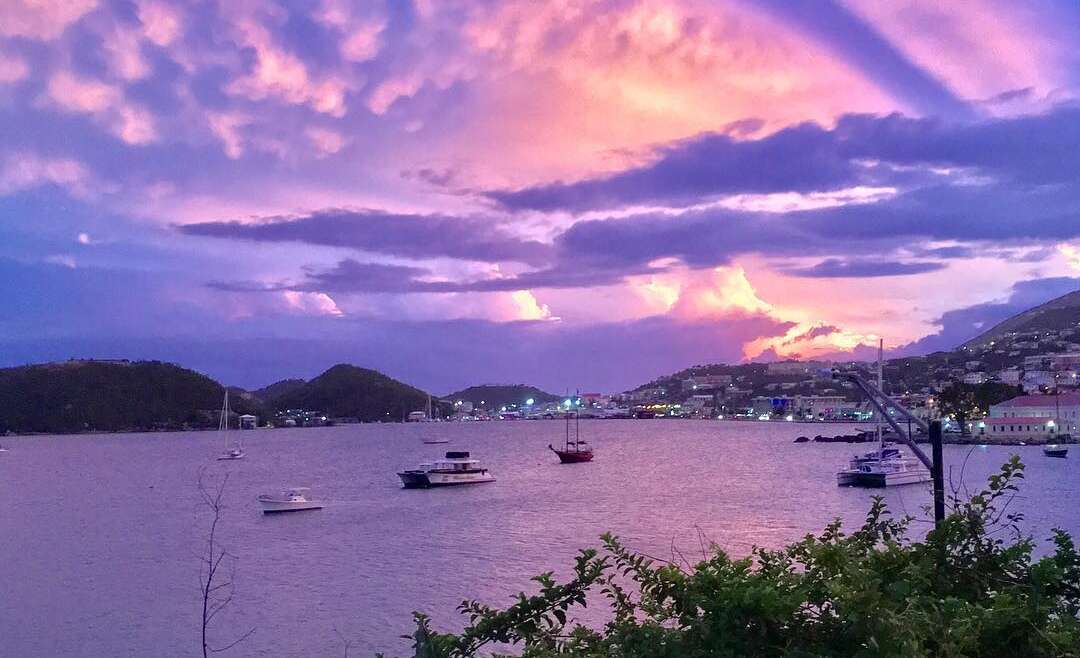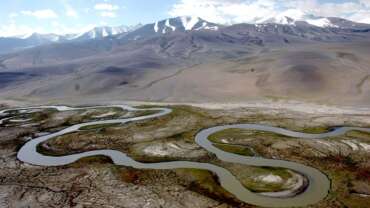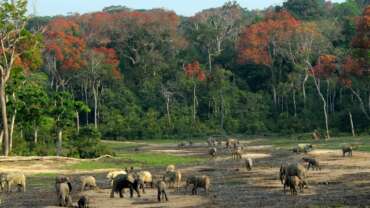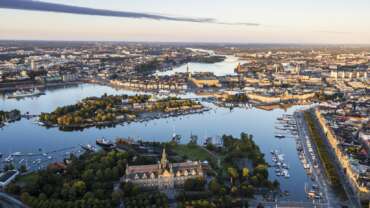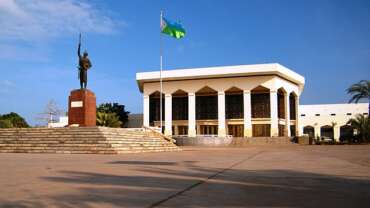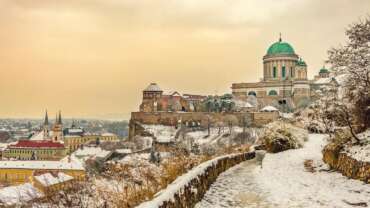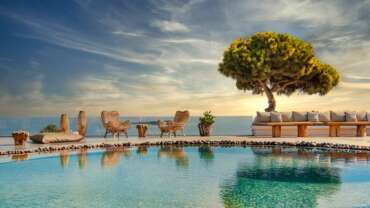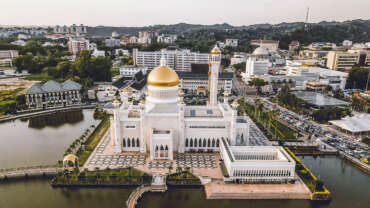US Virgin Islands - United in Pride and Hope!
United States Virgin Islands, also called U.S. Virgin Islands, organized unincorporated island territory of the United States, situated at the eastern end of the Greater Antilles, about 40 miles (64 km) east of Puerto Rico, in the northeastern Caribbean Sea. The territory is geographically part of the Virgin Islands group, which also contains its near neighbour, the British Virgin Islands.
The territory is composed of three large islands—St. Croix, St. John, and St. Thomas—and about 50 small islets and cays. The capital is Charlotte Amalie, on St. Thomas.
Geologically, with the British Virgin Islands, the U.S. Virgin Islands are an extension of the central fault-block mountain ranges of Puerto Rico and are thus part of the Greater Antilles. They are composed of metamorphosed igneous and sedimentary rocks overlain in parts by limestone and alluvium, and they rise off the continental shelf to maximum heights of 1,556 feet (474 metres) at Crown Mountain on St. Thomas, 1,277 feet (389 metres) at Bordeaux Mountain on St. John, and 1,088 feet (332 metres) at Mount Eagle on St. Croix—the largest of the islands, with an area of 84 square miles (218 square km). St. Thomas and St. John are very rugged, but St. Croix’s mountains are confined to the north, with a large rolling-to-level plain opening to the south. All the islands are surrounded by fringing coral reefs, and ancient elevated reefs ring the main islands.
History of US Virgin Islands
The first human habitation in the islands occurred as early as about 1000 BCE, with the arrival of Arawakan-speaking people from the Orinoco River basin of South America. Primarily farmers and fishers, they began to settle in villages about 200 BCE and eventually developed into the complex Taino culture beginning about 1200 CE. The warlike Carib settled in the islands in the mid-15th century and conquered the Taino. They were the islands’ dominant culture by the time Christopher Columbus reached St. Croix in 1493. Columbus named the islands Santa Ursula y las Once Mil Virgenes, in honour of the legendary St. Ursula and the 11,000 martyred virgins. In 1555 a Spanish expedition defeated the Carib and claimed the islands for Spain, but by 1625 English and French settlers were farming on St. Croix. In 1650 the Spaniards evicted the remaining English settlers, but the French took the islands later that same year. St. Croix was willed to the Hospitallers (Knights of Malta) in 1653, but they sold it to the French West India Company. In 1666 the English evicted the Dutch buccaneers who had established themselves on Tortola (now in the British Virgin Islands). That year Denmark claimed St. Thomas, and in 1684 it claimed St. John.
After dividing the islands into plantations, the Danes began growing sugarcane, first using convicted criminals and then, after 1673, African slaves for labour. Commerce developed from the triangular trade in slaves brought from Africa, rum and molasses sent to Europe, and European goods shipped back to the islands. St. Thomas became a major slave market for the Caribbean. Denmark purchased St. Croix in 1733, and it became a major centre of sugarcane production. U.S. statesman Alexander Hamilton was born on Nevis island in 1755 and taken to St. Croix in 1765, where he worked in a countinghouse.
By the early 19th century the sugar industry had begun to decline, and two slave revolts had shaken the plantation economy. Slavery was abolished in 1848, and in the 1860s the United States began negotiations to purchase the islands from Denmark. The sale was made in 1917 for $25 million. The islands were administered by the U.S. Navy until 1931, when they were transferred to the Department of the Interior; civilian governors appointed by the president then administered the islands. Tourism began to develop following the end of World War II in 1945.
In 1954 the Organic Act of the Virgin Islands was revised and became the basis for the islands’ current governmental structure. In 1970 the first popularly elected governor took office, and in 1976 the islands were given the right to draft a constitution, subject to approval by the U.S. Congress and the president. A number of constitutional conventions took place over the following decades, but none of the drafts they produced achieved ratification. In 2007 a fifth convention was assembled, and in 2009 it submitted its draft to U.S. Pres. Barack Obama for consideration. The U.S. government returned it to the territory the following year with recommended changes, and in 2012 the convention began meeting again to discuss revisions to the document.
People of US Virgin Islands
About three-fourths of the population is black, and between one-tenth and one-fifth is white. English is the official language, but some French is spoken on St. Thomas, and Spanish is spoken on St. Croix among Puerto Rican immigrants.
The population is predominantly Christian; Protestants constitute about half and Roman Catholics more than one-fourth of those professing a religion. The population increased rapidly in the mid- to late 20th century, primarily because of substantial immigration from the U.S. mainland, the eastern Caribbean, and Puerto Rico.
The infant mortality rate is relatively low for the region, and life expectancy—in years, in the mid-70s for males and the low 80s for females—is about average. Charlotte Amalie, the largest settlement, is the only town with a population of more than 10,000.
Land & Climate of US Virgin Islands
Geologically, with the British Virgin Islands, the U.S. Virgin Islands are an extension of the central fault-block mountain ranges of Puerto Rico and are thus part of the Greater Antilles. They are composed of metamorphosed igneous and sedimentary rocks overlain in parts by limestone and alluvium, and they rise off the continental shelf to maximum heights of 1,556 feet (474 metres) at Crown Mountain on St. Thomas, 1,277 feet (389 metres) at Bordeaux Mountain on St. John, and 1,088 feet (332 metres) at Mount Eagle on St. Croix—the largest of the islands, with an area of 84 square miles (218 square km). St. Thomas and St. John are very rugged, but St. Croix’s mountains are confined to the north, with a large rolling-to-level plain opening to the south. All the islands are surrounded by fringing coral reefs, and ancient elevated reefs ring the main islands.
The climate is pleasant, with temperatures at St. Thomas averaging a maximum of about 82 °F (28 °C) during the day in January and 88 °F (31 °C) in July and being tempered throughout the year by northeasterly trade winds. Nighttime minimum temperatures are about 11 °F (6 °C) cooler, and the relative humidity is low for the tropics. Rainfall averages some 45 inches (1,100 mm) annually, with a marked rainy season from September to December. Droughts occur periodically, and hurricanes may strike the islands on rare occasions. Early plantation clearance destroyed the islands’ tropical forest, which is now found only in a few places on St. Thomas and has elsewhere been replaced by secondary woodland and scrub. Island fauna is sparse, save for birds, but the surrounding seas abound in commercial and game species.
EXPLORE - Each island is unique. Every island is amazing.
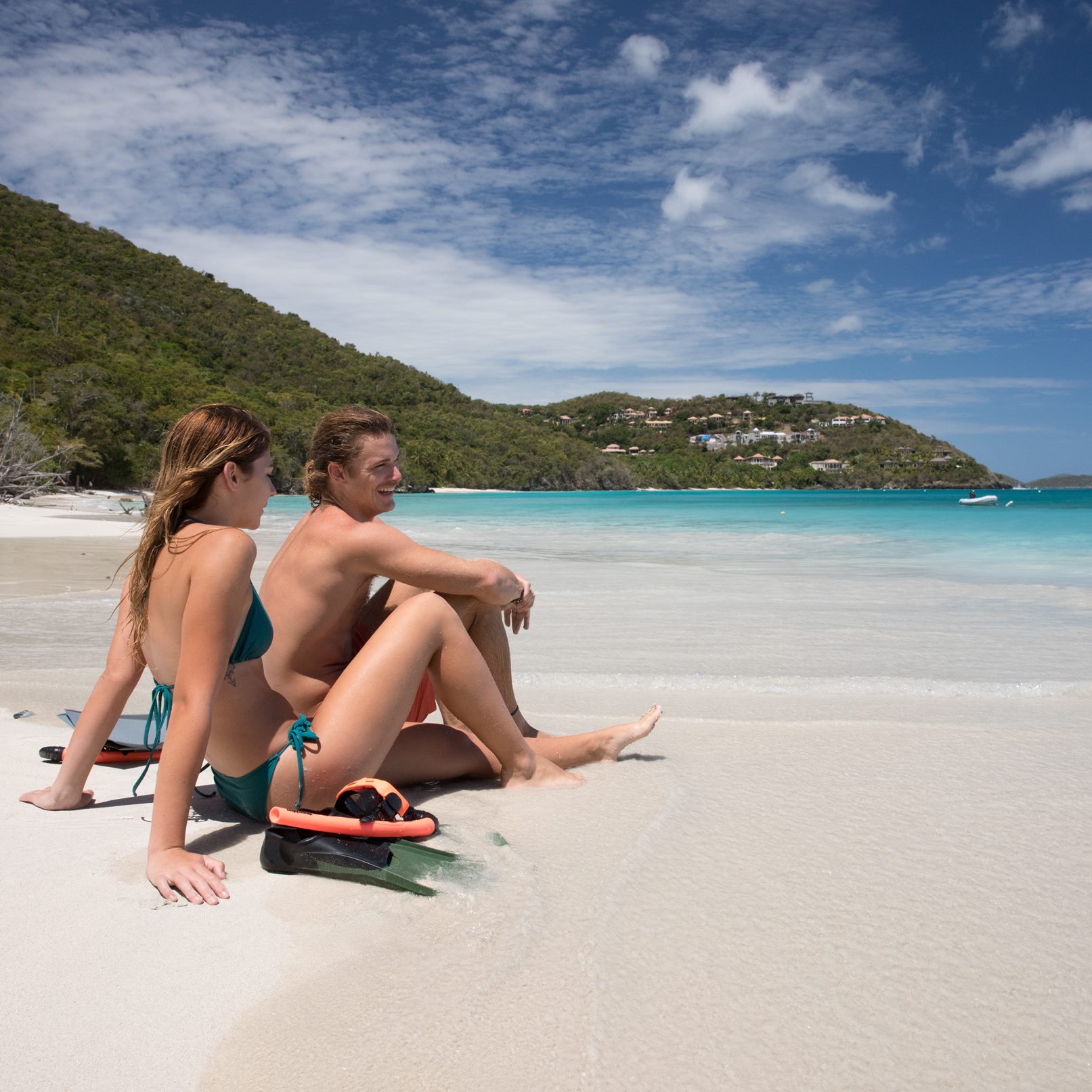
EMBRACE ST. CROIX AND EXPERIENCE A VIBE LIKE NO OTHER
REVITALIZE YOUR HEART WITH AN ESCAPE TO UTOPIA
St. Croix, the largest of our islands, is a tranquil tropical destination for honeymooners, culture seekers, scuba divers and more. Rich in cultural diversity, St. Croix has a fascinating history. Spain, Great Britain, the Netherlands, France, the Knights of Malta, Denmark and the United States all played a role in shaping St. Croix. Experience the unique culture of St. Croix through its arts, crafts, music and more during a variety of festivals and cultural events throughout the year.
But these are only a few of the things you can enjoy on the island. St. Croix provides gorgeous beaches, world-class recreational activities, fine dining, casino, and golf. Although only 22.7 miles long and 8 miles at its widest point, the landscape of St. Croix is surprisingly diverse. Visiting just the two main towns of St. Croix will give you a glimpse of the island’s incredible history—from regal 18th and 19th-century homes in Christiansted to a tropical rain forest in Frederiksted.
EXPLORE THE NATURAL BEAUTY OF ST. JOHN
COME FOR UNSPOILED BEAUTY, STAY TO CREATE MEMORIES
Though it is the smallest of the three main U.S Virgin Islands, St. John’s unspoiled beauty is perhaps the greatest found anywhere in the Caribbean. The natural beauty of the Caribbean, St. John offers visitors pristine splendor amid modern luxuries. Originally settled by the Arawak and Carib Indians, the island has a history as rich as its landscape. The United States purchased St. John from the Danish West India and Guinea Company in 1917. In 1956, Laurance Rockefeller donated over 5,000 acres of the island to the National Park Service. With two-thirds of the island designated as a national park, St. John has some of the world’s most beautiful beaches, like the much-beloved Trunk Bay. This beach is renowned for its crystal sands and underwater nature trail, and it just one of the many memorable beaches on St. John.
EXPLORE VIBRANT ST. THOMAS
DISCOVER AN ISLAND THAT PULSES WITH ENERGY
St. Thomas is our most cosmopolitan island, yet it still retains the distinctive atmosphere of a Caribbean paradise. For families or couples, St. Thomas is packed with opportunities for smiles and surprise.
There is plenty of duty-free shopping, spectacular diving and world-class dining. Enjoy the island’s world-renowned golf course, picture-perfect beaches and spectacular nightlife. Take the Skyride 700 feet above the city or climb the famous 99 Steps of Charlotte Amalie for an incomparable view of the Caribbean. And if you’re interested in culture and history, don’t miss seeing the second-oldest synagogue in the Western Hemisphere, the 1680-built Fort Christian or the childhood home of Camille Pissarro, one of the best-known French Impressionists.



